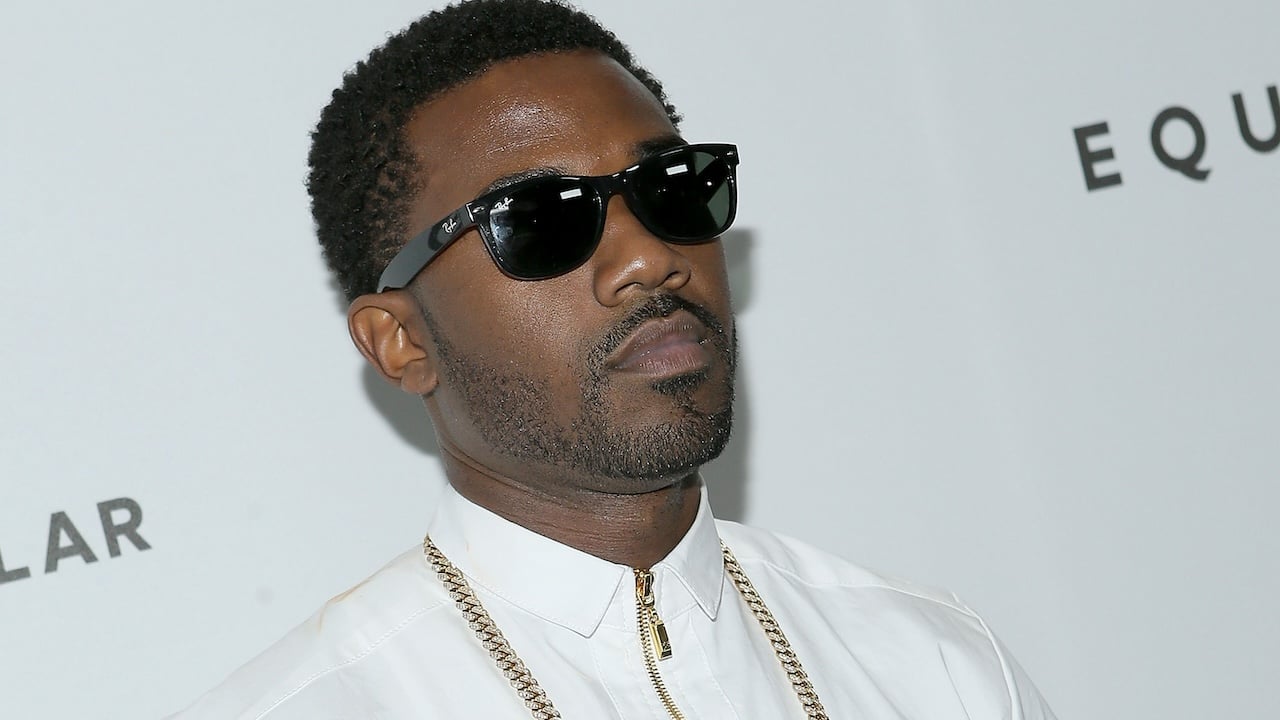
Self-promotion doesn’t come naturally to all of us—especially if you’re an introvert or have had the virtue of modesty drummed into you since childhood. Yet making the most of casual connections is crucial to networking and success.
New research published in Scientific American expands upon one of the most cited research papers about the power of acquaintances,“The Strength of Weak Ties” by sociologist Mark Granovetter. The new study examined 20 million people on LinkedIn over a five-year period, confirming that acquaintances were more instrumental than close friends when it came to employment seeking.
How to optimize your LinkedIn profile
For insights on how to optimize your LinkedIn profile, we’ve reached out to branding and marketing innovators like Jeffrey Davis, strategist and founder of Tracking Wonder Consultancy and author of Tracking Wonder: Reclaiming a Life of Meaning and Possibility in a World Obsessed With Productivity. “LinkedIn currently is the best social media channel to have intelligent exchanges related to work and life in a variety of interrelated fields and industries,” says Davis, who suggests, “Why not see LinkedIn as a portal to possibility more than of promotion?”
Here are eight actionable tips from the experts to help you make the most of your LinkedIn profile:
1. Let your photo and header reflect who you are
Just because it’s easy to filter out your imperfections doesn’t mean it’s a good idea. On the flip side, “Lots of people use a picture that is blurry, 10 years old, hiding their face, etc.,” says Hala Taha, founder and CEO of YAP Media. Taha advises picking a recent image “where you are facing the camera, have good lighting and have a strong contrast with the background.” Taha also suggests “using friend signals: an eyebrow flash, head tilt and a smile.” Lastly, Taha says consider a mini photoshoot where you hire a photographer for an hour or two. “This will be doubly helpful, as you’ll need nice pictures to post on LinkedIn with your content,” Taha adds.
Founder and CEO of Connect the Dots Digital, Rachel Simon views the photo header as a brilliant branding opportunity. “If you are an employee, your marketing director would likely be thrilled to give you a graphic to use here. If you are a business owner, it’s imperative that you leverage this space to showcase your brand.” Unsure what you’d like to convey? Simon suggests “an industry or a photo of your city skyline—this can be helpful as a job seeker.”
2. Keep your headline simple
Resist the urge to agonize over the perfect words—be practical about your headline. “LinkedIn provides you with a summary every week of how many searches you’ve appeared in, even on the free plan,” says Amy Ragland, owner of Luminary Financial Content LLC. Ragland advises checking your “search appearances and see what phrases they used to find you—then use those phrases in your headline. For instance, there is a lot of debate among freelancers about whether or not ’freelance’ has a bad connotation. But I am frequently found under the search terms ’freelance writer’ and ’financial writer.’ So my headline says, ’freelance financial writer.’”
3. Be clear, not cryptic in your summary
Ragland advises, “Say exactly what you do and who you do it for, especially if you’re a service provider, consultant, coach or freelancer. Write it from a reader perspective: What will they get from working with you or hiring you? This is also a great place to put your contact information front and center.”
Use hashtags with caution: Simon does not recommend using them in the body of your About or Skills section because she says LinkedIn is depreciating their value by “removing them in certain places and making them less effective overall.” Simon suggests including three to five hashtags in content at the end of the post, not in the text itself.
4. Take advantage of special features
Wondering which special features are worth tapping into? According to Ragland, “not enough LinkedIn users take advantage of the opportunity to highlight media appearances on their profile. It’s a great way to build credibility and collect all your appearances in one place. You can also do this in your featured posts section.”
5. Make the most of your skills
“Skills can be thought of as the SEO of your profile,” says Simon, who explains they serve as a directory of words and phrases you want to be associated with and found for. Simon suggests listing a minimum of 50 skills, and she recommends including five to seven per role in the Experience section.
Here are a few additional tips from Simon:
- Make sure the two most important skills are at the top of the list.
- Remove irrelevant skills if you have changed industries.
- Stick to the options LinkedIn gives you versus making up your own.
Taha says there are two main ways to highlight your skills. The first is under About in the Top Skills section, where you can showcase up to five skills on your profile. The second is “by infusing your actual About section with your skills, using keywords that relate back to your expertise and experience. When doing so, provide quantifiable metrics whenever possible to highlight the real impacts you made with those skills.”
6. Don’t be afraid to ask for what you want
It might feel like a weakness to admit you need help, but according to Taha, “Asking for help is a massive superpower!” She reminds us that few people have advanced in their professional lives without seeking assistance from others.
When it comes to asking for LinkedIn recommendations, Taha suggests considering who you’d want reading them. “You may be a coach and want clients to write recommendations to get you more clients, or you may work in corporate and want past managers to write recommendations so you can land your dream job. Make sure you only ask those who actually know you and with whom you made a good impression.” Someone you’re close with, you might ask directly. “If it’s a past client or manager you had a good relationship with, you may want to delay the ask until you reestablish rapport and social currency (i.e., providing value, having an interest in their life, etc.). You can also offer to write them a LinkedIn recommendation if it makes sense,” suggests Taha.
7. Turn profile views into opportunities for growth
Getting notifications about profile views is a positive sign, so why not expand on them? Try thinking of each one as a door to new opportunities cracking open wider.
“When people view your profile, they are signaling that they are interested in you and what you do—use that as your connection point for your message,” says Taha, who suggests writing a response such as, “Hey [Name], I noticed you viewed my profile. It looks like you’re also [connection point, i.e., same industry/interests]. I’d love to connect and learn more about you.”
Remember, you aren’t making the first move. You’re acknowledging their actions. “Using that connection point for being connected on LinkedIn is a great place to begin. Then, once they accept and you are now first connections, you can DM them further,” reminds Taha.
When it comes to interacting on LinkedIn, it’s not about instant gratification, it’s about sharing your interests long term. Let yourself have fun discovering and engaging with new people. Davis says,“Show up today with the next three years in mind. Three years from now, someone might reach out and say, ’I’ve been watching your work for the past three years.’”
Along with the chance to widen your professional connections, LinkedIn can help you expand your world in infinite ways, without ever leaving your home.
8. Cultivate posting micro habits
Davis suggests, “Identify one topic or theme you want to be more associated with during the next 12 months and that you either want to change the conversation around or contribute to the conversation. Once a day, take one action: Pose a related question on your feed. Contribute to someone else’s feed in a generative way. Reach out and form a connection with someone else who’s contributing to the conversation.”
Taha says, “The most important thing you need to do is post five times per week and lean into easy post format types (like polls) that still perform well. You should also try to batch the harder actions, like picking your photographs or making videos and graphics.”
Find pockets of time to post while commuting to work or drinking your morning coffee. She adds, “It’s just as important to engage with those commenting on your post… and don’t forget to engage with those on LinkedIn who may be your competitors. Although this may seem counterintuitive, this is an important step to get your competitors’ engagers (who are most likely also your target audience) to see your name, your insight and hopefully follow you.”
Photo by NDAB Creativity/Shutterstock




